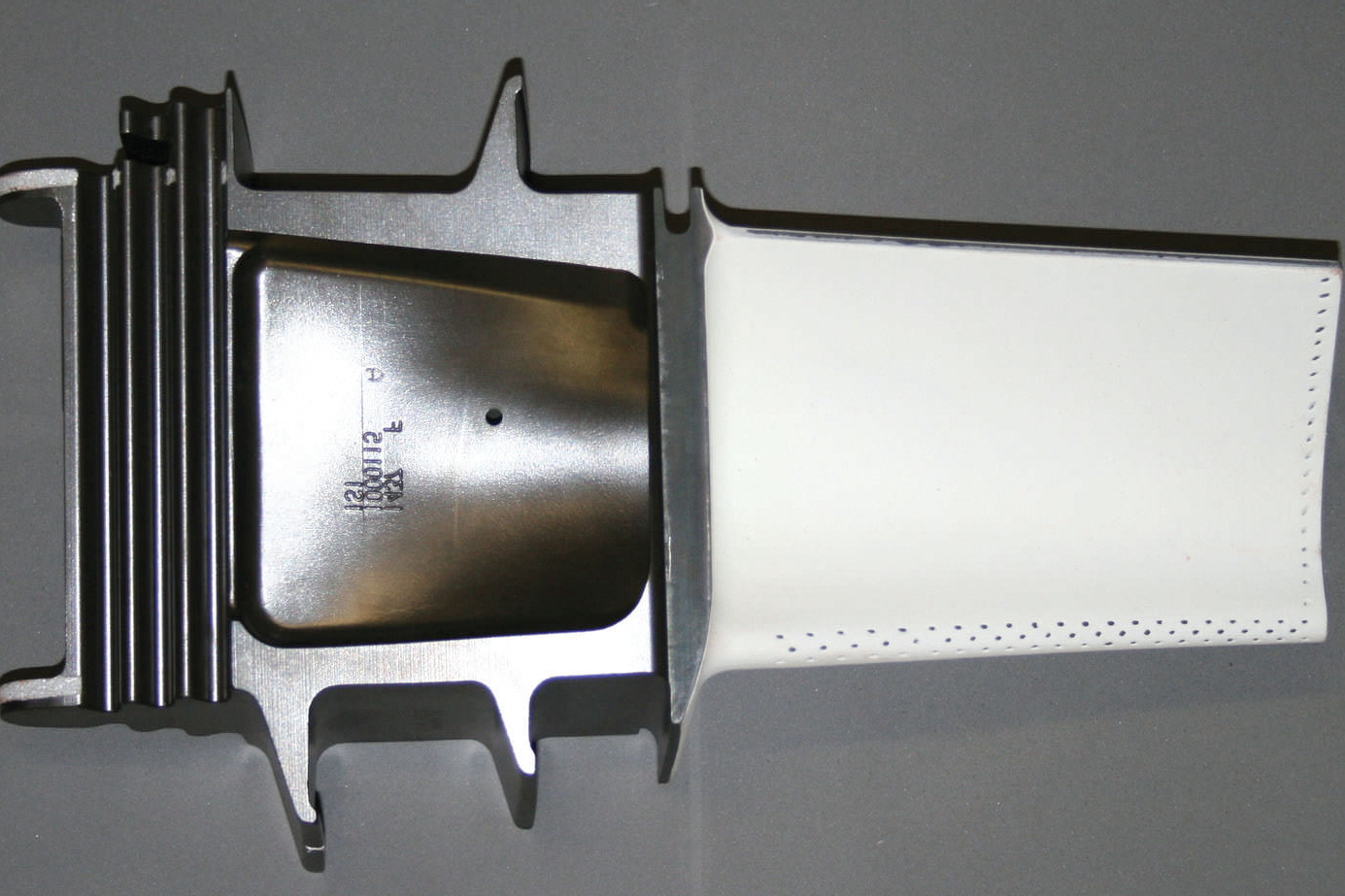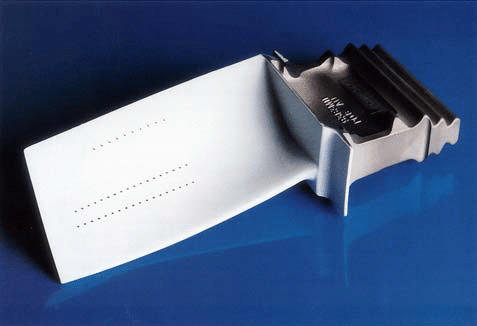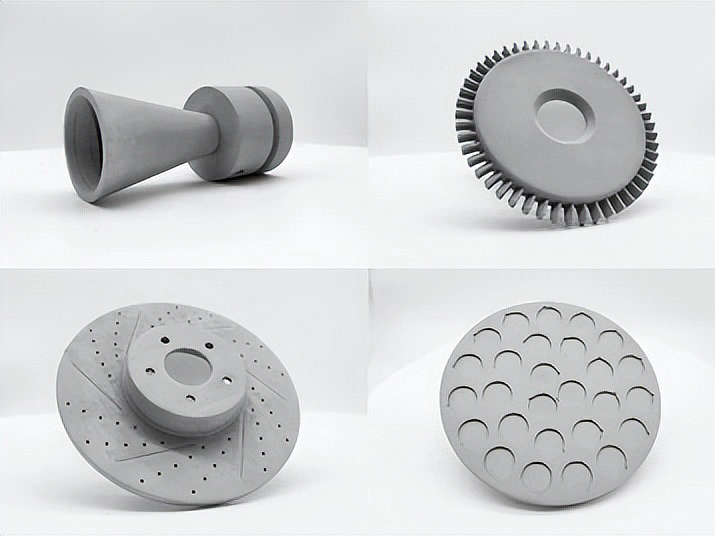Can FDM be used for high-performance ceramic parts, and what are the limitations?
Can FDM Be Used for High-Performance Ceramic Parts, and What Are the Limitations?
Feasibility of FDM for Ceramic Printing
Fused Deposition Modeling (FDM), when adapted for ceramic use—often referred to as Fused Deposition of Ceramics (FDC)—can be used to produce ceramic parts using filament or paste materials filled with ceramic particles such as Alumina (Al₂O₃) or Zirconia (ZrO₂). These parts require a multi-step post-processing sequence, including debinding and high-temperature sintering, to remove the polymer matrix and consolidate the ceramic particles into a dense structure.
While FDC offers accessibility and lower machine cost, it is not typically suitable for applications demanding high mechanical precision or load-bearing ceramic performance.
Limitations of FDM for Ceramic Applications
1. Low Green Part Density
FDM-printed ceramic green parts have relatively low density due to limitations in particle packing and layer bonding. This affects the mechanical properties and dimensional control during sintering, often resulting in 10–15% shrinkage.
2. Limited Resolution and Surface Finish
FDM has a typical resolution of ±200 µm and surface roughness above Ra 10 µm, which is inferior compared to Vat Photopolymerization or Binder Jetting. It is not ideal for fine features or tight-tolerance applications.
3. Post-Processing Complexity
Debinding and sintering must be precisely controlled to avoid cracking, warping, or incomplete densification. Achieving greater than 95% final density is challenging without optimized thermal profiles and material formulations.
4. Mechanical Property Limitations
Final sintered FDC parts may exhibit lower flexural strength and fracture toughness than parts produced by other ceramic AM technologies, limiting use in structural or thermal barrier applications.
Applications Best Suited for FDC
Despite its limitations, FDM-based ceramic printing is suitable for:
Educational and research prototypes
Concept modeling of complex geometries
Non-critical industrial components with low mechanical load requirements
Pre-sintered tooling inserts or test fixtures
Customer-Oriented Solutions and Services
To support ceramic part development at all performance levels, we offer:
3D Printing Technologies:
Access scalable Ceramic 3D Printing solutions including high-precision Vat Photopolymerization and production-grade Binder Jetting.
Technical Ceramic Materials:
Choose from Alumina, Zirconia, and Silicon Carbide depending on application needs.
Post-Processing Services:
Ensure dimensional stability and mechanical performance through debinding and sintering, supported by CNC machining and surface treatment.



